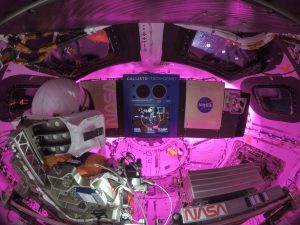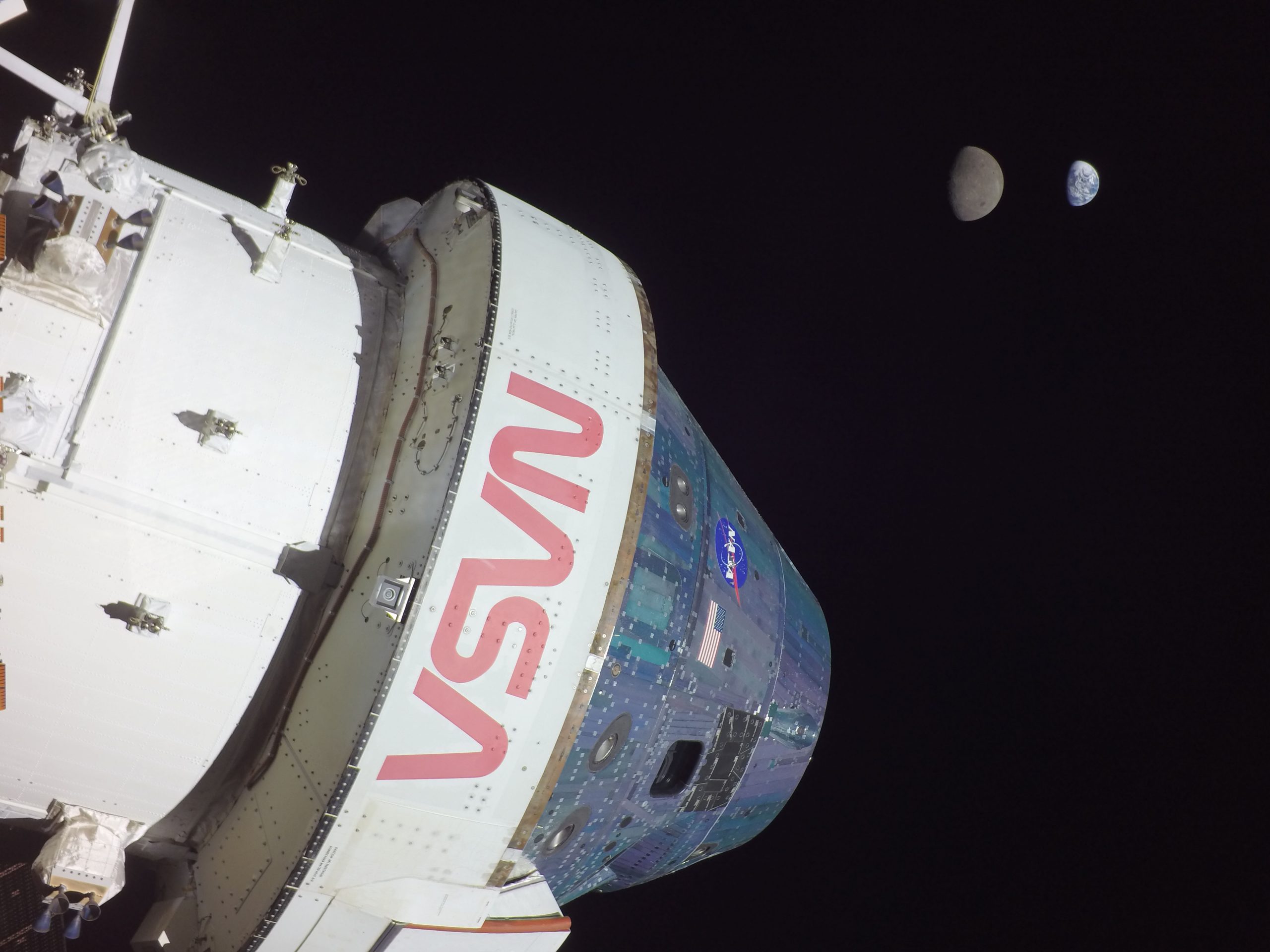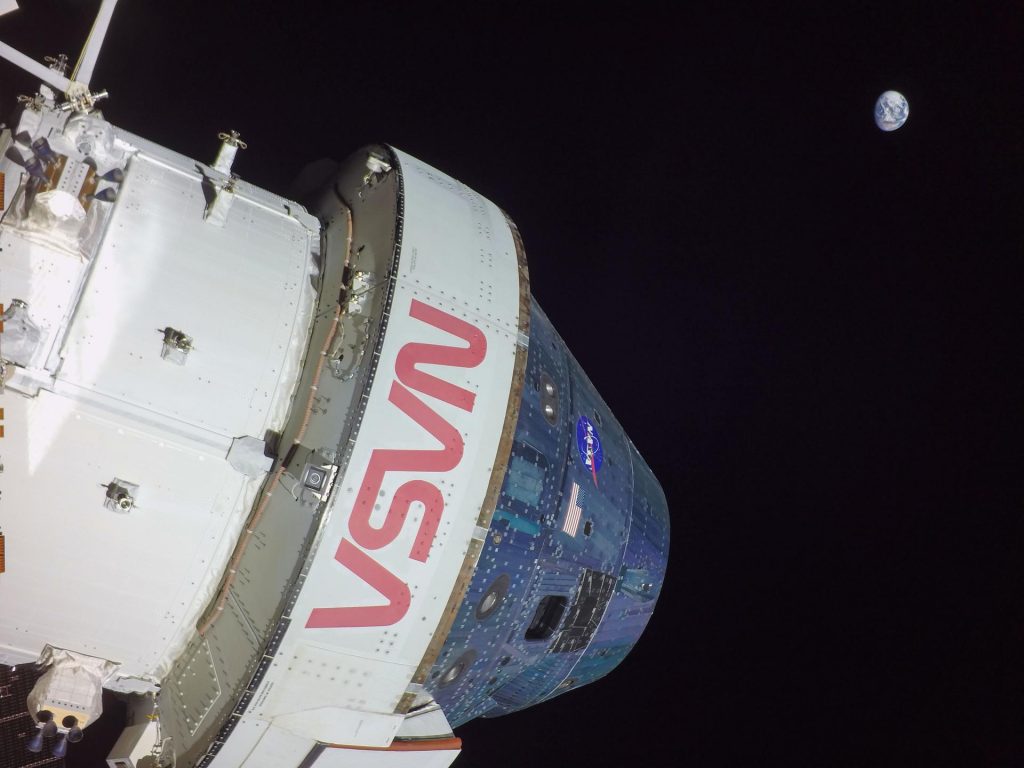
After departing distant retrograde orbit the afternoon of Thursday, Dec. 1, Orion completed a planned trajectory correction burn to fine-tune its course toward the Moon. The five-second burn occurred at 9:54 p.m. CST Thursday, and changed the spacecraft’s velocity by about 0.3 mph or less than half a foot per second.
Dec. 2, teams collected additional images with Orion’s optical navigation camera and downlinked a wide variety of data files to the ground, including data from the Hybrid Electronic Radiation Assessor, or HERA. The radiation detector measures charged particles that pass through its sensors. Measurements from HERA and several other radiation-related sensors and experiments aboard Artemis I will help NASA better understand the space radiation environment future crews will experience and develop effective protections. On crewed missions, HERA will be part of the spacecraft’s caution and warning system and will sound a warning in the case of a solar energetic particle event, notifying the crew to take shelter. NASA is also testing a similar HERA unit aboard the International Space Station.
Orion carries other experiments to gather data on radiation, including several radiation area monitors about the size of a matchbox that record the total radiation dose during the mission, dosimeters provided by ESA (European Space Agency) mounted inside the cabin to collect radiation data with time stamps to allow scientists to assess dose rates during various mission phases, and three “purposeful passengers” collecting additional information on what crews will experience during future missions. Four space biology investigations, collectively called Biology Experiement-1, are examining the impact of deep space radiation on seeds, fungi, yeast, and algae.
Orion will reenter the lunar sphere of influence on Saturday, Dec. 3, making the Moon the main gravitational force acting on the spacecraft. It will exit the lunar sphere of influence for a final time on Tuesday, Dec. 6, one day after its return powered flyby about 79 miles above the lunar surface.
A total of about 7,940 pounds of propellant has been used, which is about 150 pounds less that the amount expected before launch. Approximately 2,040 pounds of margin is available beyond what flight controllers plan to use for the remainder of the mission, which is nearly 130 pounds more than expected amounts before launch. About 97 gigabytes of data have been sent to the ground by the spacecraft.
Just after 1 p.m. CST on Dec. 2, Orion was traveling 229,812 miles from Earth and 50,516 miles from the Moon, cruising at 2,512 miles per hour.
Images from the mission are available on NASA’s Johnson Space Center Flickr account and Image and Video Library. When bandwidth allows, live views from Orion are available in real-time.







